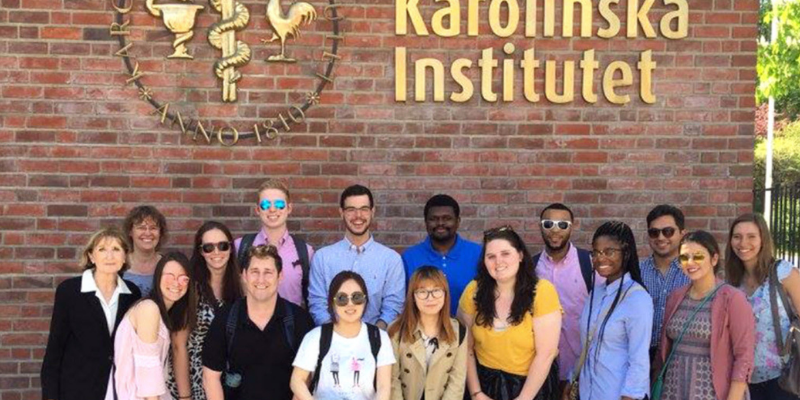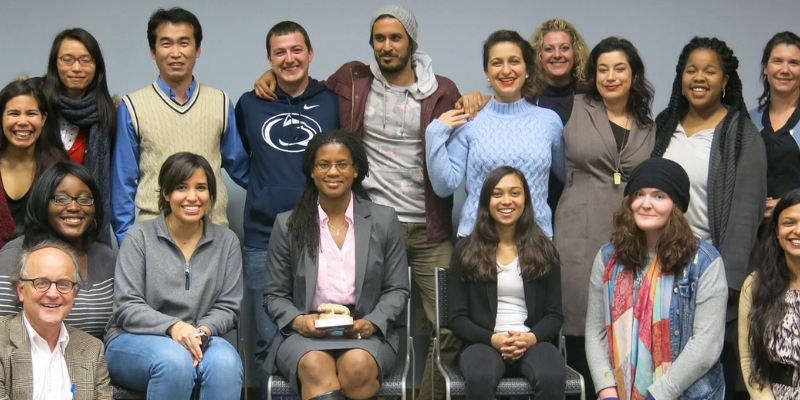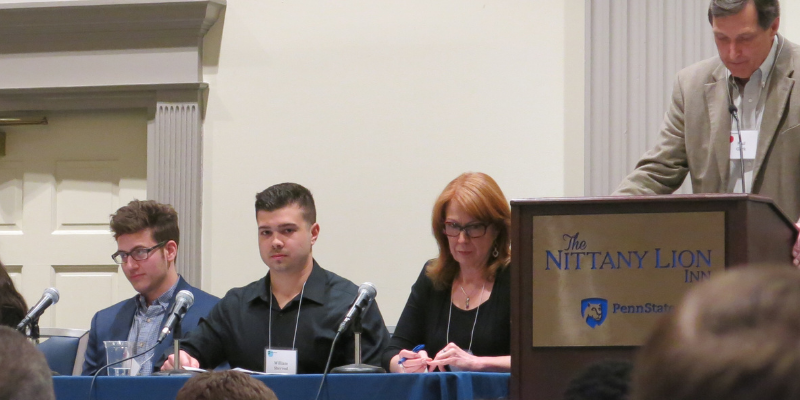










https://hbr.org/2016/04/the-two-main-sources-of-stress-for-high-status-workers
High-status jobs are known to bring with them a number of benefits: higher incomes, greater job autonomy, and even, according to some research, longer lives. Yet there may also be some downside to these jobs: greater stress levels and less happiness at work.
Although social scientists have long assumed that low-status jobs brought higher stress, research in recent years has suggested otherwise: those in high-status jobs appeared to be more stressed. But the research was incomplete as it relied on people’s memories of how stressed they had generally been over the past few days or weeks. This could be problematic as people may misremember how stressed out they were or conflate stress experienced at a different location (like home) with stress on the job.
In order to investigate differing stress levels for high-SES (socioeconomic status, measured in our study by someone’s education and income) and low-SES workers in the workplace, our research used a novel data collection technique in which workers, using handheld devices we provided, reported their stress levels on the spot when prompted by an audio signal several times a day while going about their daily life. This let us repeatedly measure stress levels and work perceptions on the job in real time so that we could better understand how they might change over time. We also asked participants to collect a saliva sample at the time of the prompt in order to measure whether their cortisol levels (a biological measure of stress) had also risen, which would show an increase in stress.
The data collected using these novel methods allowed us to confirm in our research (forthcoming in Social Science & Medicine) that, indeed, high-status workers report greater stress on the job than do low-status workers. They also reported being less happy at work. We did not, however, find differences in cortisol levels in stress at work between those with high- and low-status jobs.
What could explain these differences in stress? Our data collection included three sets of in-the-moment questions that asked participants about their perceptions of work at the time of the prompts. The workers’ answers – what we call their “momentary perceptions” – suggest some important clues.
Perhaps surprisingly, at the time of the prompts, individuals with higher-SES reported significantly less ability to meet job demands at work and fewer resources to do their jobs than did individuals with lower-SES. High-SES individuals also were slightly more likely to report that their jobs were less positive than lower-SES workers. In other words, despite having jobs that confer higher incomes, higher-SES workers appear to feel less able to complete work tasks, more likely to lack the resources they need to complete those tasks, and somewhat less positive about their workplaces.
Stress and happiness rose and fell with these momentary experiences. For example, when workers reported more resources they also reported being happier and less stressed. Similarly, at moments when the workplace was seen as more positive, workers were happier, less stressed, and had lower cortisol levels. In contrast, the experience of meeting work demands was more complicated – moments in which workers reported meeting lots of demands were associated with less happiness, more stress, and more cortisol. Although meeting workplace demands may be important and valuable, the act of doing so may entail physical, emotional, and cognitive costs as individuals expend effort to meet these demands. Our momentary assessments may have captured these subjective “costs” of productivity. This is not to say that failing to meet demands would not also be stressful, but there may be different costs associated with each. Future research should assess whether the stress of getting everything done may be more or less stressful than not getting all of one’s work done
Additionally, not having the resources to do one’s job was associated with lower levels of happiness and greater stress. Our findings suggest that high-SES workers more often report that they lack the resources needed to do their job. One explanation may be because their jobs are more demanding and require more resources than are available; alternatively, high-SES workers may expect more resources than are available, which leads to the perception of lack of support at the workplace.
We would caution that we would not interpret these findings to suggest that low-status jobs are more beneficial to workers. In fact, we wonder if some of the stresses of low-status jobs play out more directly at home than at work, even while experiences at work are less stressful. For example, a low-status worker’s job may be more predictable while working, but there are likely to be more concerns about shift changes or unstable scheduling, or low wages and their relationship to food or housing security. Future research should carefully address these and related questions. Of course, our findings speak to these differences between job types on average, and don’t directly address any individual case.
For now, employers might consider asking employees two simple questions based on our findings:
Based on how employees answer these questions, employers may decide to reconfigure the work itself or find ways to compensate for insufficient resources. Taking such steps may in turn lead to a happier and less-stressed workforce.
Sarah Damaske is Assistant Professor of Labor and Employment Relations and Sociology at Pennsylvania State University.
Matthew J. Zawadzki is Assistant Professor of Psychological Sciences at the University of California, Merced.
Joshua M. Smyth is Professor of Biobehavioral Health and Medicine at Pennsylvania State University.